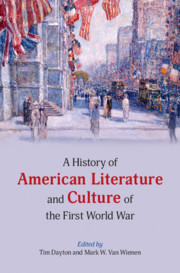Through the comparative reading of Italian literature of the Great War (letteratura di guerra) published between 1915 and 1940, it will be shown that both among veterans of the conflict and civilian writers there existed a standardised image of falling ‘beautifully’ in combat that entailed specific components relating to location, time, final gestures and last invocations, and which aimed to make death in battle more militarily and culturally palatable for Italian audiences. At the same time, the letteratura di guerra presented naturalistic descriptions of the anonymous mass death of peasant soldiers and, thereby, created a pathos of beauty and suffering that made the Italian literature of the Great War prototypical for a new kind of spiritual realism that became one of the mainstreams of cultural expression in Fascist Italy.


